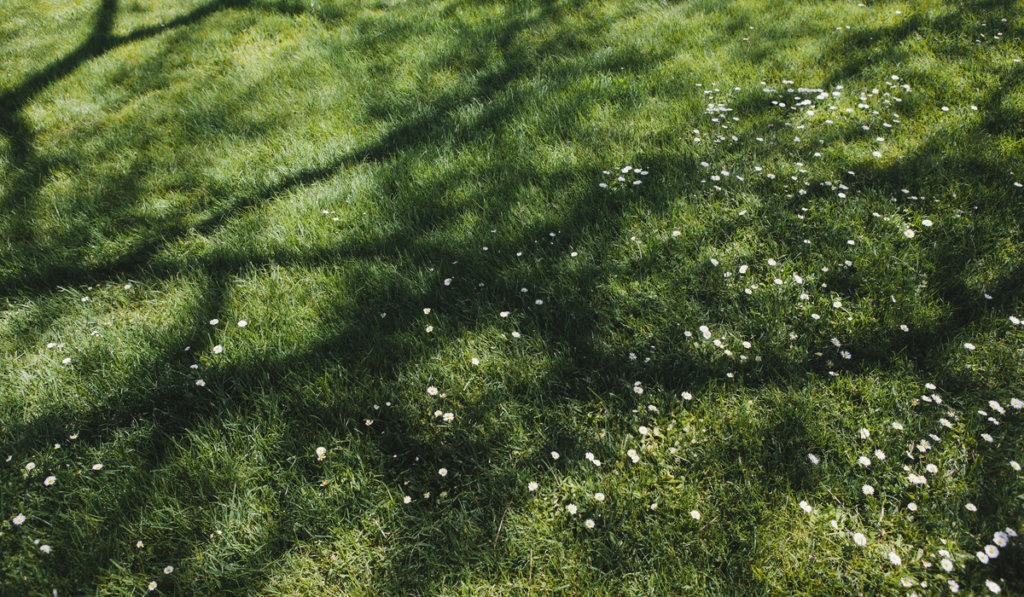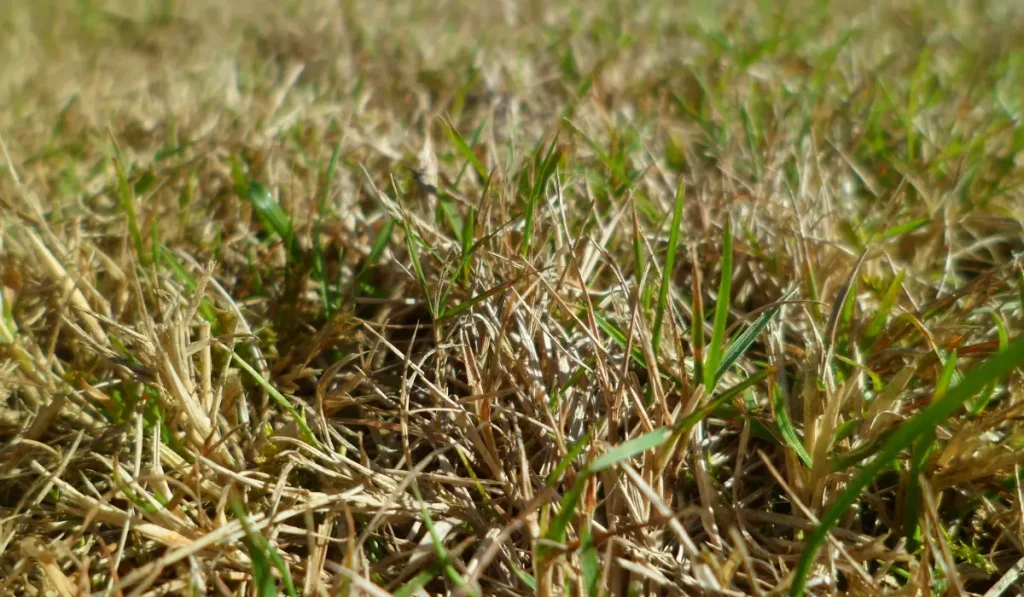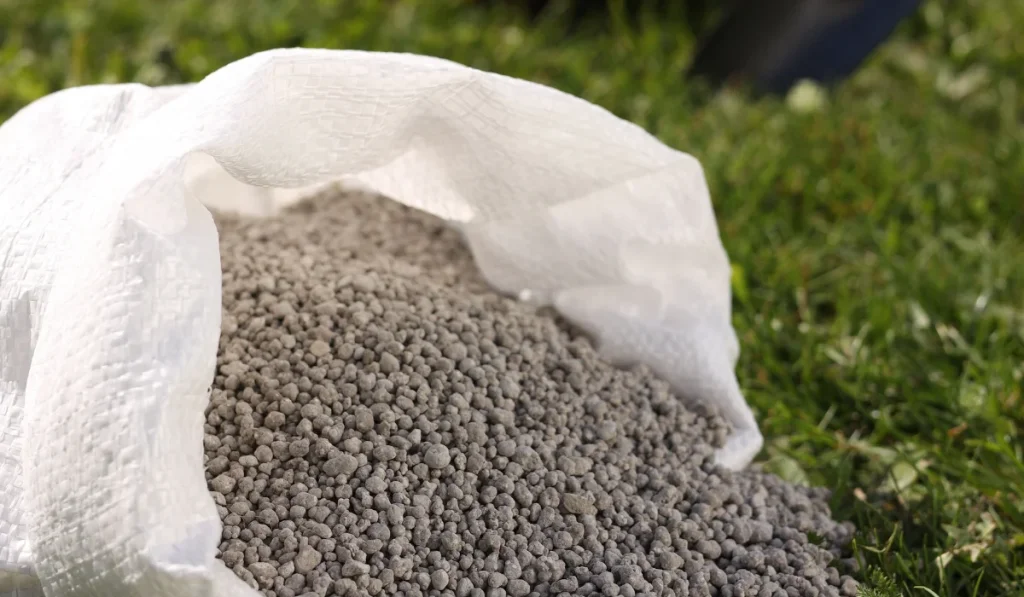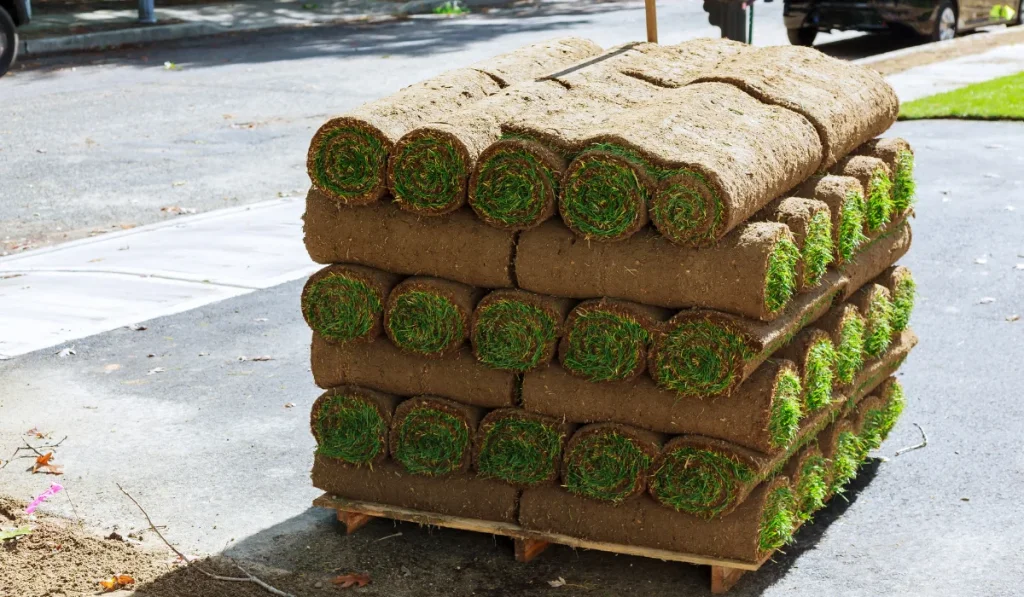A thick, green lawn is the envy of every homeowner. Unfortunately, a well-manicured lawn requires a lot of time, effort, and money to maintain.
If you’re tired of spending your weekends mowing the lawn and your hard-earned cash on water bills and fertilizers, then No-mow grass might be the solution for you.
No-mow grass is a type of low-maintenance grass that is designed to require little to no care. This type of grass is available in a variety of colors, textures, and heights. It is also tolerant to various types of weather conditions. Keep reading to learn everything you need to know about no-mow grass.
Key Takeaways
- No-mow grass is a unique blend of native grasses that requires minimal care, making it a good option for homeowners in drought-prone environments.
- While this grass type does require some mowing, it is far less labor intensive than other types of grass you might choose to grow.
- No-mow grass has excellent heat and drought tolerance since it is comprised of native plants, and while it’s best suited to mostly sunny conditions, it can tolerate small amounts of partial shade as well as foot traffic.
Related: Native California Grass: Is It Right for Your Lawn?
What Is No-mow Grass?
No-mow grass, also known as “lazy lawn,” “Native Mow,” or “miracle grass,” is a type of grass that has been specifically bred to require little to no care.
This type of grass is usually made up of a mix of fine fescue, bluegrass, and rye grasses. No-mow grass is designed to be located in areas where traditional turfgrass would not survive, such as shaded areas or areas with poor drainage.
As the name suggests, no-mow grass requires little to no care. This type of grass is perfect for busy homeowners who don’t have the time or energy to spend on lawn care every week. In most cases, all you need to do is occasionally trim the edges with a lawn edger or weed whacker.
No-mow grass has many benefits that make it an attractive option for those who are looking for an easy-to-care-for lawn. Some of the most notable benefits include the following:
Color
Tired of spending hours every week mowing your lawn only to end up with a patchy, yellow yard? You may want to consider no-mow grass, which is drought-tolerant and doesn’t need to be mowed nearly as often. It stays a bright, vibrant green regardless.
Drought Tolerance
No-mow grass is very drought tolerant. This means that you don’t have to worry about watering your lawn every day during hot summer months. In fact, this type of grass only needs to be watered once a week. However, during periods of extended drought, you may need to water your lawn more frequently.
Disease Tolerance
No-mow grass is also tolerant to various types of diseases that can affect turfgrass. This means that you don’t have to worry about your lawn becoming infested with pests or diseases.
Of course, it’s always important to consult with your local extension agent if you suspect that your lawn has been affected by any type of disease or pest issue. They will be able to suggest the best course of action for dealing with the problem.
Shade Tolerance
Many types of turfgrass require full sun in order to thrive; however, no-mow grass is shade tolerant. This means that it can grow in areas where traditional turfgrass would not survive, such as beneath trees or in shaded gardens. While this type of grass can tolerate shady conditions, it will still need some light in order to grow properly.
If you choose to plant no-mow grass in a completely shaded area, you may find that it doesn’t grow as thick or lush as it would in an area that receives some sunlight each day.
Heat Tolerance
One of the benefits of no-mow grass is that it has good heat tolerance. This means that it can withstand high temperatures without suffering from heat stress.
This is important in areas where summers are hot and dry, as it helps to keep your lawn looking green and healthy even during the hottest months.
Although no-mow grass is not completely immune to heat damage, it is much more resistant than other types of grass, making it an ideal choice for those who want to maintain a beautiful lawn without having to worry about extensive watering or frequent mowing.
Winter Color
Unlike traditional lawn grasses, which typically go dormant in the winter, no-mow grasses maintain their green color year round. This makes them an ideal choice for homeowners who want to add interest to their landscape without having to deal with the hassle of mowing.
Recovery from Moderate Wear
This type of grass is specially bred to resist wear and tear, so it requires far less maintenance than traditional varieties. As a result, you can enjoy a beautiful lawn without having to spend hours every week mowing and trimming.
Better Density
One of the biggest pros of choosing no-mow grass is that it tends to be more dense than traditional grass. This is because no-mow grass is typically a slow-growing variety. That means there will be fewer spaces between blades of grass, resulting in a lush, green lawn.
More Resilient in Winter Months
Traditional grass can be quite delicate in the winter months. But because no-mow grass is designed to be more resilient, it can withstand the cold and snow better than traditional grass. It stays green throughout much of the winter, which you won’t find with most other types of grass.
So, if you live in an area with harsh winters, no-mow grass may be a better option for you.
Cons of Choosing No-Mow Grass
One potential downside to no-mow grass is that it can be more expensive upfront than traditional grass. This is because it usually needs to be professionally installed.
However, over time, no-mow grass can actually save you money since it requires less maintenance than traditional grass does. Finally, no-mow grass also requires more sensitivity in terms of foot traffic. It’s for looks and erosion control only – so hold off on the weekend soccer match.
Get the lawn of your dreams today
See which sod varieties are available in your area and get pricing.
See whats available. Get an instant Quote
Maintenance Tips for No-Mow Grass
Here are a few tips to help you care for your no-mow grass.
Watering
Watering is the key to any successful lawn, and no-mow grass is no different. This type of grass is designed to be low-maintenance, but it still needs a regular supply of water to stay healthy.
The best time to water your no-mow grass is early in the morning, before the sun gets too hot. This will give the grass time to absorb the water before it evaporates. You should also avoid watering in the evening, as this can encourage fungal growth.
When watering, make sure to give the grass a good soaking; a light sprinkling won’t do much to keep your lawn healthy. In general, you should water no-mow grass about once a week, or more often if there has been a period of extended heat or drought.
Fertilization
The best time to fertilize your no-mow grass is in the fall, after the leaves have fallen off the trees and the ground has cooled down. This will give the fertilizer a chance to work its way into the roots of the grass, where it can do the most good.
Mowing
No-mow grasses don’t require as much mowing as traditional turfgrasses because they grow more slowly. When you do mow, use a sharp blade set at the highest setting recommended for the particular grass species. Make sure you don’t remove more than one-third of the leaf blades in a single mowing.
Mowing too low, particularly in high-growth periods like late spring or summer, stresses the grass and makes it more susceptible to diseases and pests. It also decreases the photosynthetic area of the plant, which can reduce its ability to produce food and compete with weeds.
Weeds & Insects
As with any type of grass, no-mow grasses are susceptible to weed problems. Hand-pulling or hoeing weeds when they first appear is the best method of control because it’s less likely to damage the grass than using herbicides.
If you have a persistent weed problem, you may need to use an herbicide labeled for use on no-mow grasses. Be sure to follow all label instructions carefully when using any type of pesticide.
No-mow grasses are relatively pest and disease resistant, but they can be damaged by heavy infestations or prolonged exposure to harsh conditions such as heat or drought stress.
If insect damage or disease is severe, you may need to treat your lawn with an insecticide or fungicide labeled for use on no mow grasses. As with herbicides, be sure to follow all label instructions carefully when using any type of pesticide on your lawn.
The Bottom Line
No-mow grasses are low-maintenance alternatives to traditional turfgrasses, but they still require some care to keep them looking their best. No-mow is a good choice if you want a grass that requires less water consumption but a beautiful look for your home.
With a little care, your no-mow lawn will be the envy of your neighborhood!
People Are Also Asking:
How do I keep my lawn green in a drought?
While there are many products on the market that promise to keep lawns green during periods of dry weather, these products are often expensive and can be harmful to the environment. Fortunately, there are a number of simple and effective ways to keep your lawn green during a drought.
One of the most important things you can do is to water your lawn deeply and less frequently. This encourages deep root growth, which helps your grass to better withstand periods of dry weather.
In addition, make sure to mow your lawn high, as this will help to shade the roots and prevent evaporation. Finally, consider planting drought-resistant grasses or using mulch to help keep your lawn healthy during periods of dry weather.



